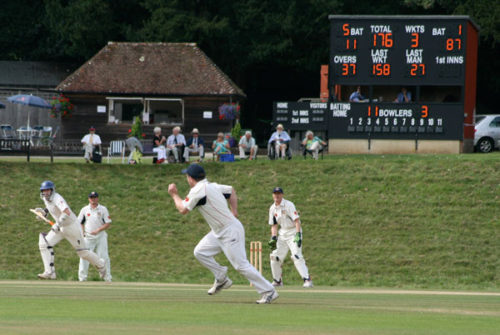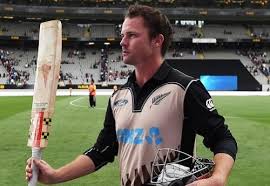
It’s over. The Scots have beaten us for the first time in rugby history. It didn’t turn out quite like that, of course, as Beauden Barrett’s covering tackle forced a knock on from the Scottish fullback, but when Stuart Hogg broke the line and then defeated TJ Perenara’s ankletap, it looked like the Scots were going to score, making it 22-22 with a kick to come.
If Finn Russell had slotted that, Scotland would have beaten the All Blacks for the first time in over a century of trying. It would be a dark day for New Zealand rugby, especially having conceded a first-ever loss to Ireland only a few years beforehand.
Considering that the Kiwis were bundled out of the RLWC at the quarterfinal stage, it would be an incredible dual blow to the country’s self image within 24 hours. Our aura of rugby invincibility would be shattered. It would be emasculating. Kiwi men wouldn’t be able to look their wives in the eye for weeks.
Hell, it was bad enough for the Kiwis to lose to Fiji and for Scotland to not get thrashed. We might do well to see the writing on the wall now and realise that our historical advantages have been eroded, and that there is every chance of us being just one of the pack from now on.
All these are just superficial reasons for questioning the primacy of rugby as the national sport, though. They are fashions, that come and go.
What will mark a permanent change is our ever-increasing awareness of the severity of brain trauma endured by constant heavy collisions. Fifty years from now, it’s possible that no-one will be playing rugby at all, whether league or union, for the same reasons that other extremely violent things don’t happen anymore. We became aware of the actual consequences.
Rugby is fun as all hell to play. Maybe it’s because of the danger inherent in the game. Tackling is dangerous, because if you go too low you can take a knee to the head, and if you go too high you can talk an elbow to the head, and the ruck is dangerous because someone might drop a knee or elbow on your head, and the high ball is dangerous because you might land on your head, and so on.
It’s hard to avoid playing rugby without head injuries. Richie McCaw said, shortly after his retirement, that “I don’t miss getting smashed,” and Kieran Read is on record as saying that he will raise his son to play cricket instead of rugby because of the risk of head injury makes rugby a poor choice.
This latter point regarding Read is something to think about. If a man as brave and mean and big and athletic as Kieran Read is going to steer his sons away from rugby because of the risk of head injury, what hope do the rest of us have?
The lifelong effects of repetitive brain trauma on NFL players are increasingly becoming known. Mounting evidence suggests that the brain trauma from tackling and being tackled is strongly correlated with future neural disorders, early dementia, strokes etc. There must be tens of thousands of young mothers who are now aware of this risk from playing collision sports and we shouldn’t be surprised if rugby went the way of bullrush and got banned in all schools on account of the risk to developing brains.
Already the international game is being affected by the head to send players off for head injury assessments, and the more this happens the more people realise that head injury is really an ever-present risk for rugby players.
From a cultural perspective, the risk here is that these mothers steer their children away from rugby and into a shit sport like soccer, thereby exposing them to moral and physical degeneration and teaching them to glorify cheating and disrespecting the referee.
For this reason, it’s imperative that cricket steps into the gap left by the impending withdrawal of children from the rugby paddocks and fills a national need for a sport that allows for competition in a high-trust environment. Furthermore, cricket will soon become a much more realistic career path than rugby for talented Kiwi athletes on account of the IPL and other international T20 cricket leagues.
A switch to cricket as our national sport might be a wise move now, because it may be forced on us in the future by an increasing appreciation of the risk of brain damage.



